Jeff Garmire, Calendar Year Triple Crowner/Mountain Athlete/Author
I signed up for the Cocodona 250 a month before race day. It would be my first real race (outside of the Barkley Marathons) in four years. I was excited but also worried. It wasn’t the fact I was running a 250-mile race that had me concerned, but that I had no idea the structure of multi-day races. What would be at the aid stations? How did drop bags work? Did I need a crew? How did people use pacers? The details were all a mystery. But the one thing I did know is that I could cover the 250 miles before the cutoff. The length was the only thing that wasn’t intimidating.
I showed up at the trailhead in Arizona the day before the race and was ready to organize a couple of drop bags. I put extra socks, clothes, and shoes in two different backpacks and walked over to the truck accepting the bags. Then they asked where the bags should go and I was speechless. I had been under the impression that two drop bags followed us along the course. I was wrong. Other runners came up behind me with one bag for each aid station. I panicked and named the two locations that came to mind and handed the bags over.

The morning was a frenzy of checking over everything in my pack one more time. I had a loose commitment from one possible pacer, but I largely expected to be on my own throughout the 250-mile challenge. I threw two extra pairs of socks in my bag before heading over toward the start line. As I neared the line, I immediately realized I had forgotten to pick up the race issued spot tracker. With minutes to go, I hustled over to the registration tent and had a volunteer strap it to my pack. The countdown began and I joined the crowd of runners, and then we were off.
It was 5 a.m. and just light enough to forego a headlamp. It would heat up quickly and the most difficult section is what we started with. The first 11 miles were a blur. I fought every inclination to start out fast, but with a 250-mile race I knew the key was to settle into a rhythm and pace myself. I stuck in a nice group of runners and the conversation flowed. We were in it together and had so many miles to cover.
”The first 11 miles were a blur. I fought every inclination to start out fast, but with a 250-mile race I knew the key was to settle into a rhythm and pace myself.”
Mile 11 was our first aid station, Cottonwood Creek. It was a small, remote station, but also an essential spot. The next 22 miles would be without an aid station or water and have nearly 9,000 feet of elevation gain. I quickly filled my bottles to their full 3.5-liter capacity and set off into the most difficult section of the entire course. The first miles flew by as I settled into a small group of runners, but as the final climb up Lane Mountain began, I knew I would be running out of water. With half a liter left there were still four miles to go. I continued forward, but more than a dozen runners were lying next to the trail. Every small spot of shade was taken up by a resting runner. My pace slowed to a crawl and every ounce of energy went into the mental struggle of continuing to go forward. I took the last sip of water and knew the last two miles would be a battle. It became a segment of increments. I would push for five minutes and then take a quick break. Then repeat. By the time I reached the top of the ridge my tongue was stuck to the roof of my mouth, but it was only a couple hundred yards to the next aid station.
At the aid station, I sat down and immediately asked for electrolytes. I could physically feel the toll dehydration had already taken on my body. It was a short downhill section to a larger aid station, but knowing that dehydration at mile 33 of a 250-mile race could only hurt my chances of finishing, I sat there and consumed a full liter of electrolytes. Then I was ready to continue. I had fallen behind in hydration, which meant I now had a small problem to combat over the next few hours. A 250-mile race had been broken down into solving each small problem individually to keep pushing toward the end goal.
The course eased and turned into a very runnable dirt road. It was smooth and offered easy miles to slowly click off. At mile 52, I sat down for only a moment at the aid station to eat some broth and put on my headlamp, then continued into the night. Before long I joined a group of three other runners who were also poised to make a strong push through our first night. Mark, John, and Todd joined our group and we charged through the Bradshaw Mountains. Not a hint of tiredness crept into our group and we powered through the night, arriving on Whiskey Row in Prescott right at sunrise. I had a drop bag at this aid station and made the decision to change socks and shoes and take a few minutes to enjoy a coffee. The aid station turned into a vortex and I didn’t leave for 45 minutes. But every runner nearby seemed to have the same idea.

Mark and I continued on together through the streets of Prescott, around Watson Lake and through the Granite Dells. The rock features added an element of scrambling to our race and the uneven granite surface tore up our feet. By the time we exited the section on a smooth dirt road, we were cursing. We hobbled along with sightings of snakes slithering across our path. I picked up my sole pacer, Bryce, at Iron King and we crossed the open expanse of Fein Ranch. The heat beat down, but the terrain was mild until the climb up Mingus Mountain.
”Climbing is my strength, coming from years of hiking, chasing trail records, and feeling at home in the mountains. Mingus Mountain is where Bryce and I charged ahead.”
Climbing is my strength, coming from years of hiking, chasing trail records, and feeling at home in the mountains. Mingus Mountain is where Bryce and I charged ahead. The climb was exposed and in the heat of the day, but I had successfully beaten the dehydration of 24 hours prior and felt great. We walked into the large aid station on top of the mountain and I retrieved my second drop bag. Another change of shoes and socks and we were back off toward Jerome. The descent was technical and not my forte. Many runners passed as I simply had no ability to quickly pick out footing. We suffered through the rocky descent and got to the next aid station. It was early in the second night and a few minutes of downtime were in order. I had a piece of apple pie and Bryce drank a rum and coke. We were ready for the night.
Descending continued all the way to the Verde River in the dark. My pacer Bryce was an expert at leading us through each trail intersection and continuing on the right path. Sleeplessness began to sneak in and I grabbed a very short nap in the dirt. We crossed the river, soaking my feet that were already on edge, and with the water sloshing on the last few miles to the next aid station, they quickly got torn up.
It was midnight when we arrived at the aid station and I took off my socks and shoes to survey the damage. Blisters had formed, burst and been replaced by new ones. I walked barefoot over to the medic and asked for some tape. A very rough tape job would hold for a while. I put on dry socks, tied my shoes and Bryce led us off into the night.

The weather was perfect, crisp with a light breeze and I staggered through the section, willing my tired body through its second nearly sleepless night. Bryce left me at Deer Pass and I slogged on toward Sedona. The sun had risen and I felt invigorated. Sedona was a big aid station and I wanted to get some real food. Through 150 miles my body was feeling good. There were no cramps, no muscle issues, only the continually degrading status of my feet. It was a pain I had fought through on many trails, and this race was no different. It had turned into a hiking race with only casual running and it sat squarely in my skill set.
”There were no cramps, no muscle issues, only the continually degrading status of my feet. It was a pain I had fought through on many trails, and this race was no different. It had turned into a hiking race with only casual running and it sat squarely in my skill set.”
I got to the Sedona aid station as it was just heating up. I had a quick quesadilla, let my feet dry out and denied the medic’s advice to sleep for a couple of hours to avoid the hottest part of the day. My experience was continually moving forward. I had to keep going. With some ice under my hat, I pushed on. Running was over and I was power hiking through the heat. The trail was rugged, but the route was straightforward. I was tired but maximizing daylight hours was now a huge part of the plan.
My body turned robotic and I moved through two more aid stations before the sun dropped. As night fell my body was completely exhausted and I curled up on the soft pine needles for an hour nap. It was essential for fighting through the last day of this race. Awake, alert, and intent on hiking at a fast pace, I moved through the night with another hour of sleep under my belt. I could fight through the rest of the night and Bryce had confirmed he would come out for the last 40 miles. A pacer proved key during the nighttime hours and my most productive miles in the dark were always with others.
”The sun rose and the hallucinations began. Cars littered the forest. They weren't there but every stump, rock, or discolored patch morphed into a rusted 1950s automobile.”
The sun rose and the hallucinations began. Cars littered the forest. They weren't there but every stump, rock, or discolored patch morphed into a rusted 1950s automobile. The sun lit up the pine needles hanging off the trees and the more I gazed at them, the more they solidified into crews of construction workers. An entire scene of paving the dirt road painted itself in front of my eyes. It was so real but so irrational. My mind could discern that what I was seeing didn’t exist, but my eyes were capturing it. The mental fortitude portion of the race had begun.

At Fort Tuthill there were 40 miles left and Bryce joined me again. My feet were in a bad spot, so before we could continue, I went to the medic and together we popped multiple blisters and taped up every inch of exposed skin. The last 40 miles would still be painful, but hopefully slightly less so. We ran through the gentle trails around Flagstaff. I had been on these trails before. We weren't fast, but we didn’t stop. Walnut Canyon aid station marked 20 miles left and I simply needed a beer. I sat down next to a volunteer who was celebrating his birthday and spent a few minutes relaxing.
Time was moving differently, and by the time I finished the beer my body yearned to attack one final night. It was only 20 miles to the finish, but I was so tired. It was the crux of the race and the reason to enter. Four miles in I told Bryce I needed some sleep. I took a quick trail nap and pushed on. The trail bounced in my vision. My mind craved sleep, but Bryce urged us on. I called my girlfriend, simply to take my mind off the massive task at hand. I needed more stimulation.
The climb up Mt. Eldin began. The trail was rugged, but the challenging terrain engaged my mind and I moved swiftly behind Bryce. Climbing is where I thrive, and we quickly hit the aid station at the top. Now, it was only seven miles of downhill to the finish. It was dark, but I felt alert. Bryce took a beer for the road and I hobbled down the fire road, quickly losing all the elevation I had gained. Across Buffalo Park and into the Flagstaff city limits, the end was in sight. I picked up the pace. I was sprinting as fast as my legs would carry me. It was 4 a.m., no one was out, but this finish was mine to be had. No other racers were around but sprinting felt right. I made a final turn and entered Heritage Square. The finish line was quiet, but it signaled the perfect end to an individual goal. I crossed the line to immediate relief and elation at the end of a goal.
”The end was in sight. I picked up the pace. I was sprinting as fast as my legs would carry me. It was 4 a.m., no one was out, but this finish was mine to be had. No other racers were around but sprinting felt right.”
For nearly four days I had been focused on achieving one main objective. Every step forward and decision was focused on crossing this finish line. It was a similar experience to any record or thru-hike, a simple goal with concrete steps to get there, but from the beginning it seemed massive. It was another case of taking something too big to fathom and breaking it down into manageable bites.








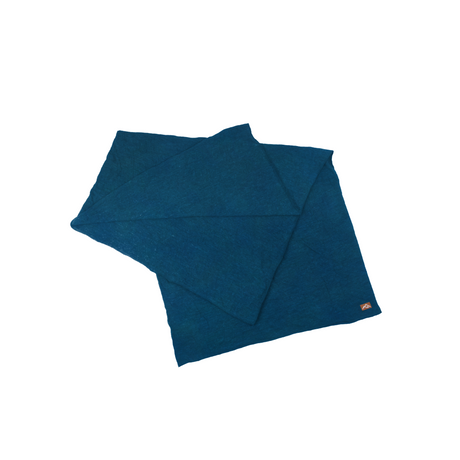
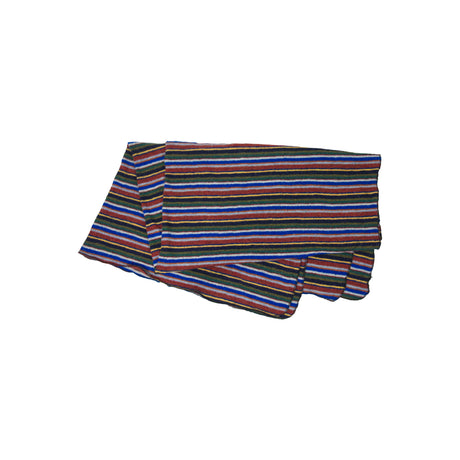
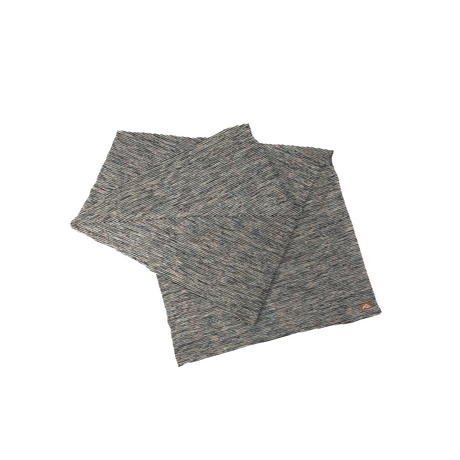
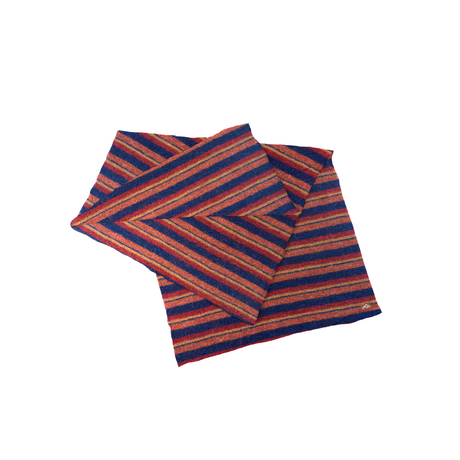
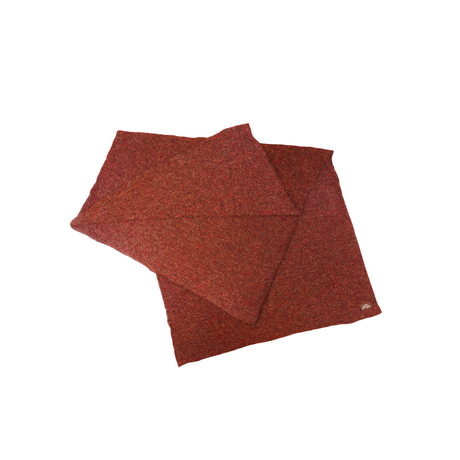

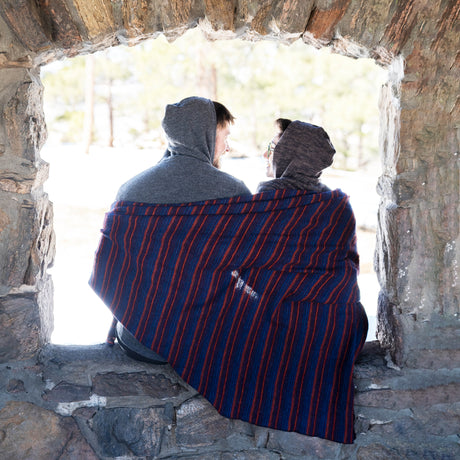

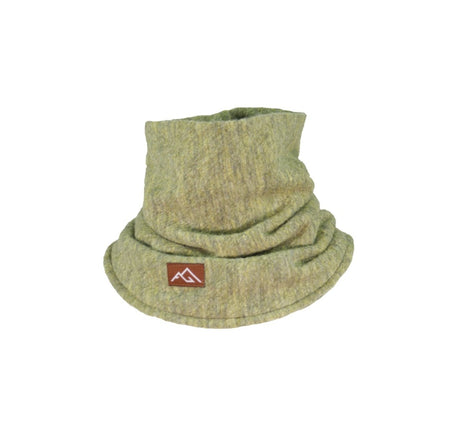
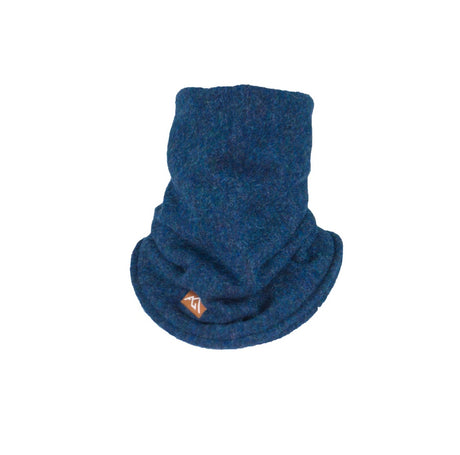
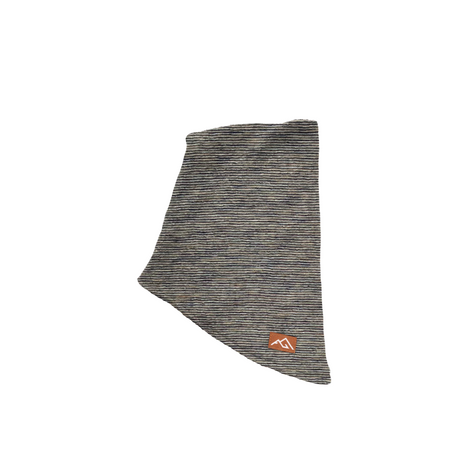
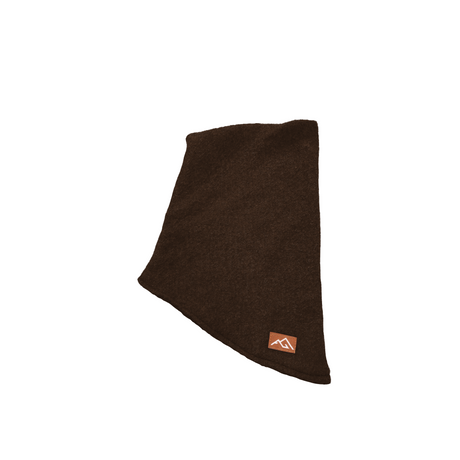

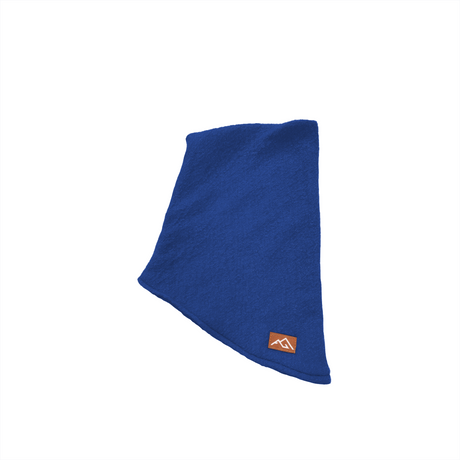

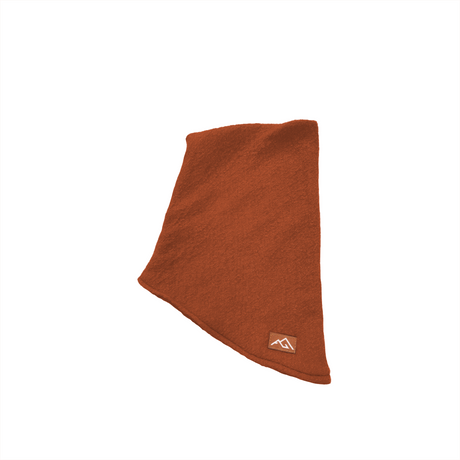
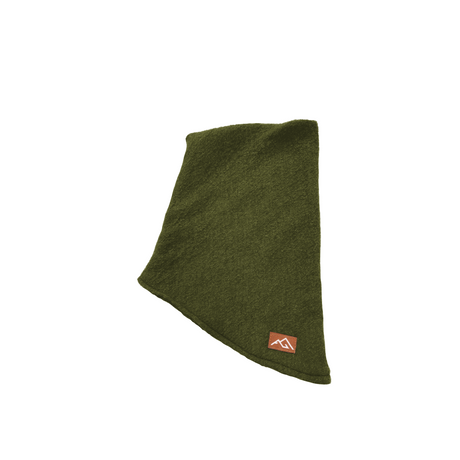











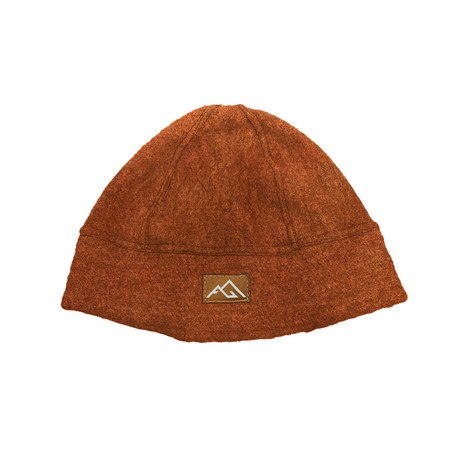
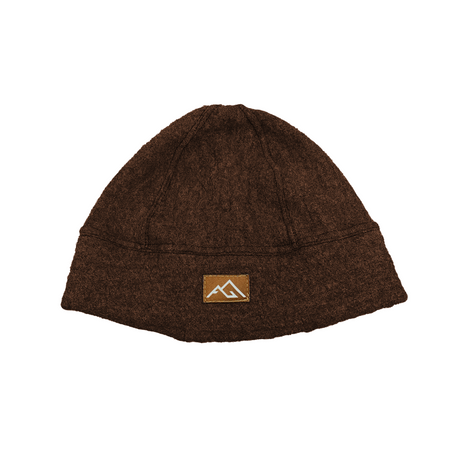

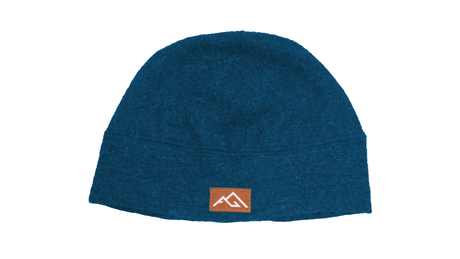


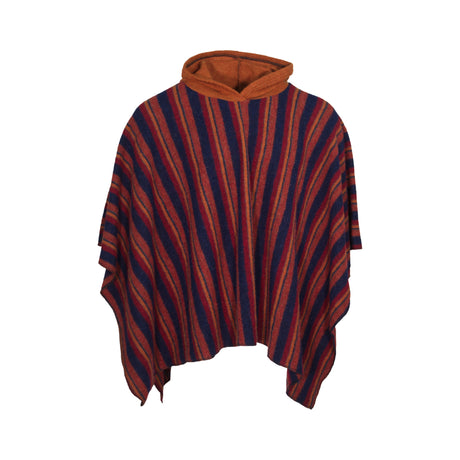


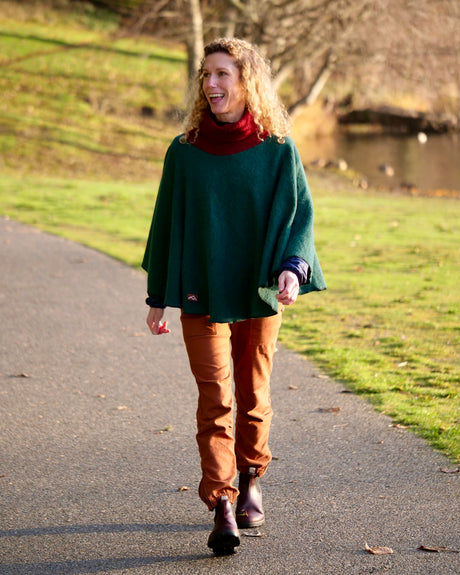




1 comment
Jeff is definitely a Legend, and an inspiration to fast hikers everywhere.